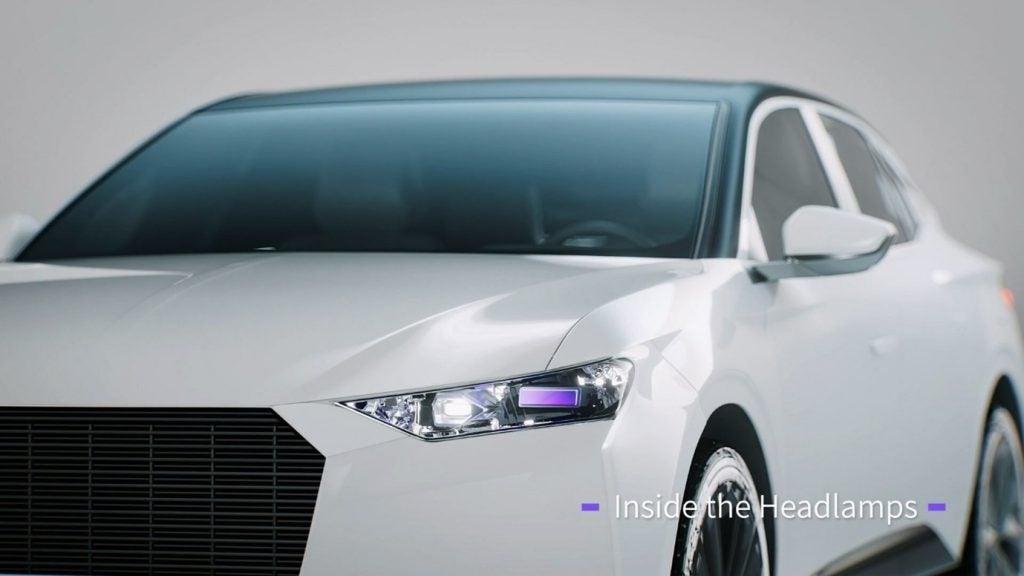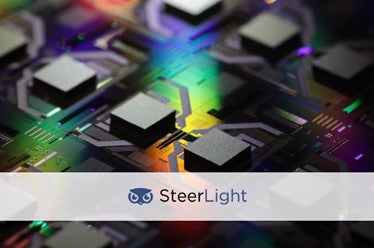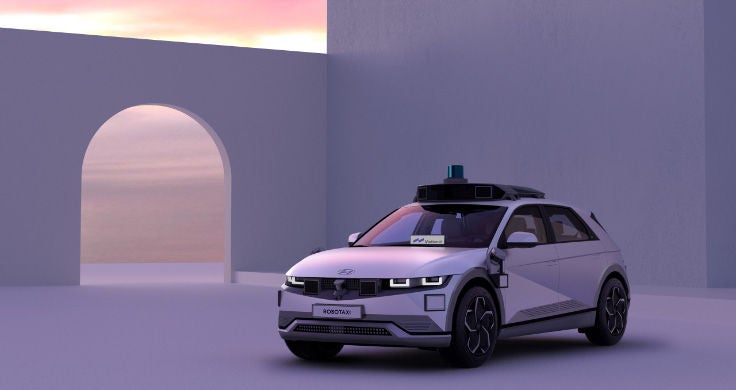
At the 2018 CES in Las Vegas just-auto’s Calum MacRae met with Michael Poulin, General Manager, Automotive Solutions, LeddarTech. LeddarTech is a leading player in the development of solid-state LiDAR sensors that the automotive industry needs to bring to market to make L4 and L5 autonomous vehicles an affordable reality.
just-auto: So, Michael tell us about your role and LeddarTech?
Michael Poulin: I’m general manager for the automotive solutions business unit of LeddarTech. We were founded in 2007. We’ve been developing solid state LiDAR for over 10 years. We’ve sold already 15,000 units and deployed in different markets.
j-a: Are they just automotive solid state LiDAR units?
MP: These are in multiple markets actually, specialised markets like transportation management systems, for speed enforcement, tolling, so these systems are installed typically at the roadside detecting, counting, measuring the speed of vehicles, pedestrians, and bicycles and these types of applications. We’ve also worked with Valeo since 2014 and their development of solid state LiDAR. They’ve developed that LiDAR on our platform and they are currently promoting their solutions to OEMs.
j-a: Valeo are saying that they’ll be ready by 2019 with solid state LiDAR?
How well do you really know your competitors?
Access the most comprehensive Company Profiles on the market, powered by GlobalData. Save hours of research. Gain competitive edge.

Thank you!
Your download email will arrive shortly
Not ready to buy yet? Download a free sample
We are confident about the unique quality of our Company Profiles. However, we want you to make the most beneficial decision for your business, so we offer a free sample that you can download by submitting the below form
By GlobalDataMP: Yes. With their solid state LiDAR, the product that they’ve developed on our platform is already available for promotion to the OEM, so they could be in vehicles as soon as 2019 for sure.
j-a: What do you bring to the market?
MP: We bring full solid state LiDAR solutions to the market and this basically consists of three elements. We bring complete LiDAR sensors. We provide these to the market for customers to evaluate and also to develop the actual functionality of autonomous driving capabilities. We provide a development platform, so the platform consists of our core technology, the core components, the reference designs, and our ecosystem partners and tools, tools and components.
j-a: That would include OPTIS? (note OPTIS is LeddarTech’s LiDAR simulation partner)
MP: OPTIS is a good example of tools that are brought from our ecosystems partners that facilitate the integration and deployment of our solutions in the market. Our key target customers are Tier 1s, and anyone who’s developing LiDAR modules for volume supply to the OEMs. All this resides on our key technology and where our LiDAR tech really has something unique is in the engine of the LiDAR, so it’s sort of the brain that controls the sequencing, the signal acquisition and processing and this is integrated into two components that we sell. In every LiDAR unit that will be integrated into light vehicles there are two key components from LiDAR tech. There is a highly integrated chip and our software. Actually 80 to 90% of our core technology and unique differentiation is from the software. That’s really what our strength is.
j-a: Tell me about your core LiDAR products
MP: One is called the LCA2 and the other is LCA3. LCA2 we have engineering samples like we’re showing here at CES. We have these working in actual functional units and it’s a very small, very compact, low-cost, high-performance LiDAR solution. This will be ready for integration into OEM vehicles by 2020. LCA3 will enable higher-end solutions for 2021. Between the LCA2 and LCA3 solutions, we have a complete platform to have the right LiDAR in the right location around the vehicle.
j-a: How many LiDAR do you foresee around the vehicle?.
MP: Well we say at least four to six LiDARs, located mainly in the four corners and perhaps one in the front and another in the rear. Of course there could be more than that. There can be a combination of short-, medium- and long-range LiDAR. There are probably going to be at least two or three different LiDAR configurations on the car. This is to optimise the sensor suite costs and performance, depending on the different use cases around the vehicle. For example, you don’t need as much range on the sides of the vehicle compared to the front.
j-a: What’s the difference between your LCA2 and LCA3 products? Is it one’s suitable for Level 4 and one’s suitable for Level 5?
We’re targeting material costs for the manufacturing, anywhere from US$50-200
MP: Well I wouldn’t really say it that way because level 4 and 5 vehicles we think will have a mix of low- and high-cost and low- and long-range sensors in the same vehicle. So the LCA2 and LCA3 will likely find places on the same L4 and L5 vehicles in different locations in the car. The LCA3 mainly provides for higher range and higher quality data and measurement rate and things like this, so it’s used for higher-end sensors, but it’s a more sophisticated component as well, and those solutions will be also more expensive. Nonetheless, we’re targeting material costs for the manufacturing, anywhere from US$50-200 for all of these solutions.
j-a: So US$50-200, how does that cost compare with the Puck type of LiDAR?
MP: Puck sensors today cost US$4-8,000
j-a: Valeo with their LiDAR on the Audi A8 say their cost is less than US$1,000?
MP: That’s right, but that Puck type solution is a much lower performance solution than the ones that we are developing. We could call it say an entry-level mechanical standard.
j-a: Who do you see as your main competitors?
MP: Well, the main competitors are the players that get the most mentions – Velodyne, Quanergy and Innoviz probably. They are all present at CES and other than that, like you mention, there are some more traditional suppliers like Valeo that have some solutions. These are, I would say, the main players.
j-a: Now Delphi (now Aptiv) is invested in you it’s invested in Innoviz and in Quanergy. Are you comfortable with that?
MP: Yes, they can comment best on that situation. In our context what we know for sure is that in our collaboration with Delphi, there are commercial activities ongoing with them that we’re very excited about and some tangible activities going on there. There’s room for multiple types of LiDAR around the vehicle. We really aim to be the complete solution provider for all of these and we hope that long-term this is how it’s going to play out.







